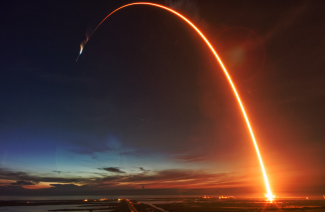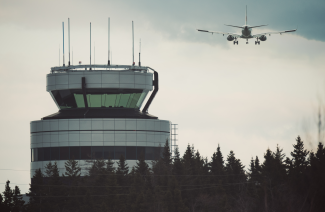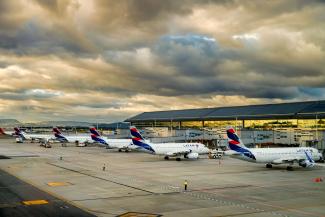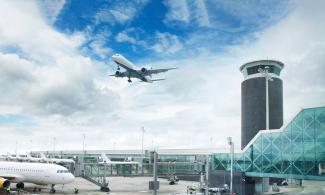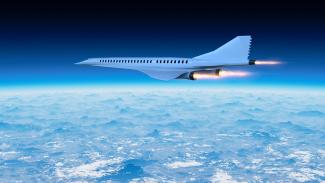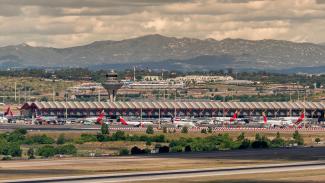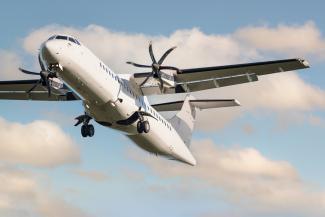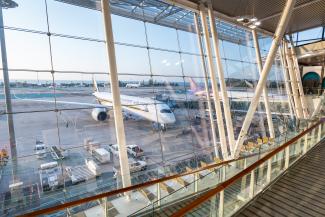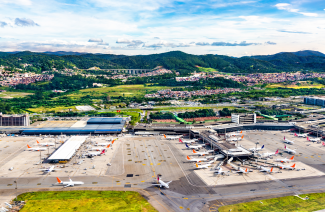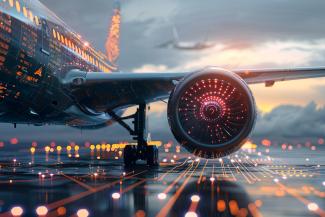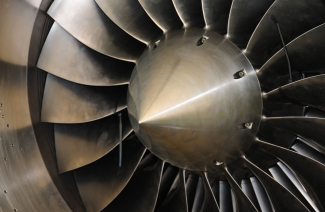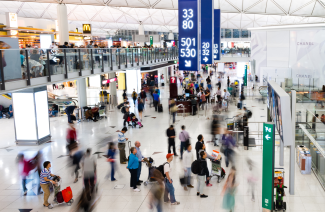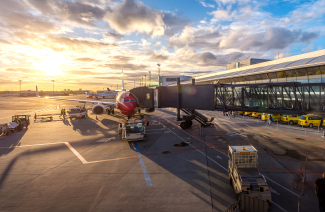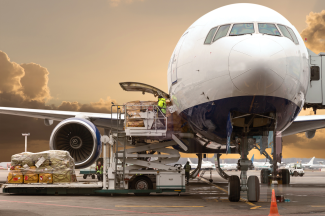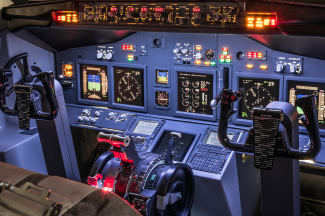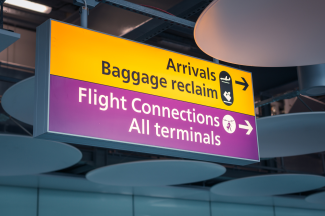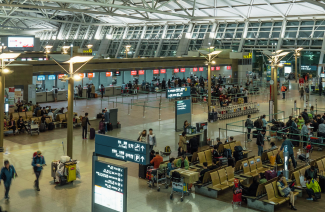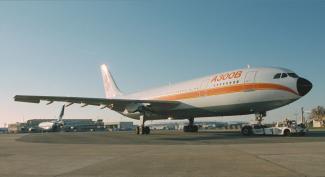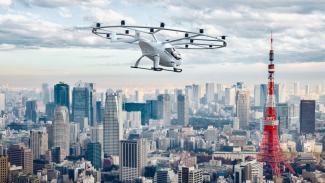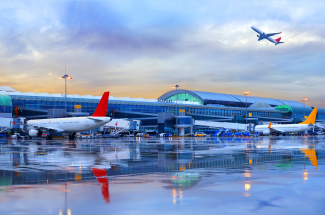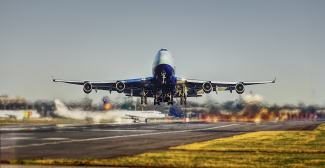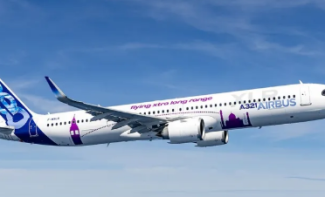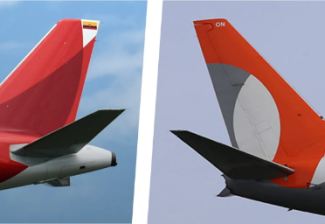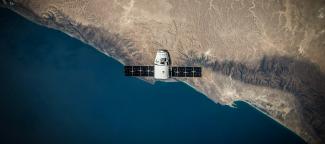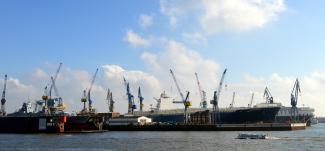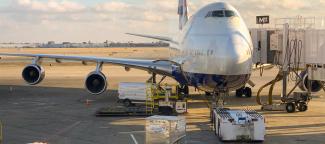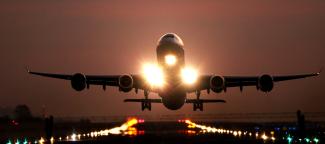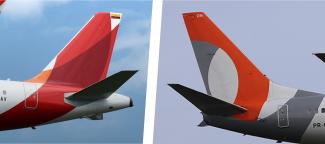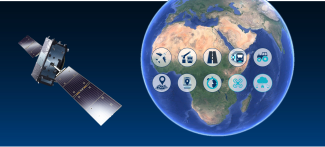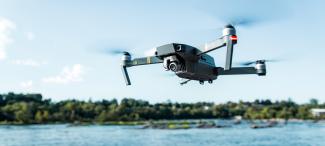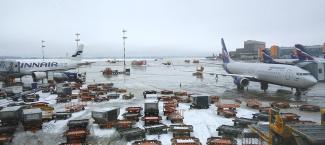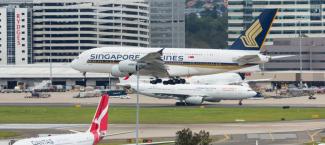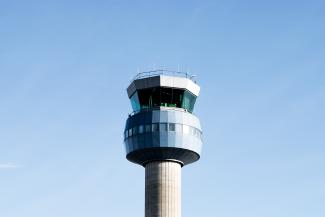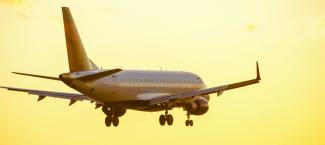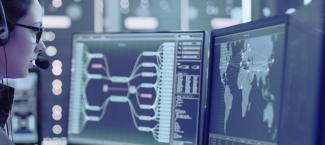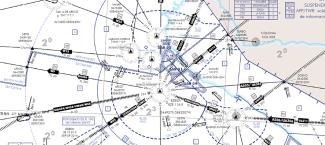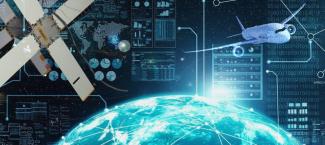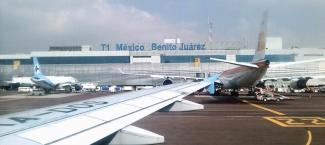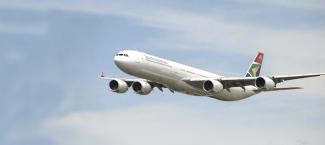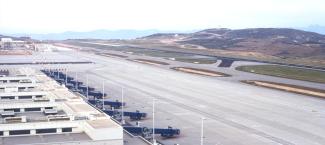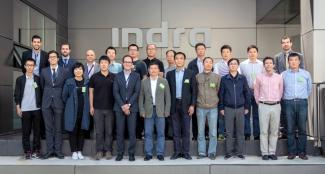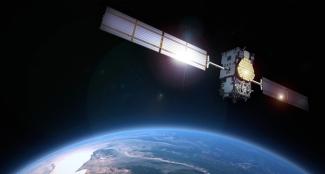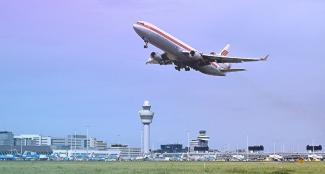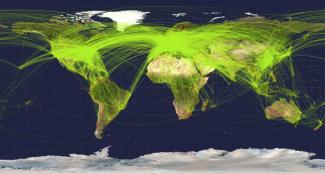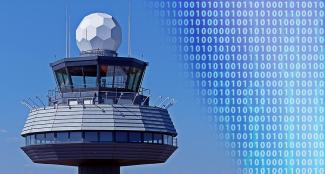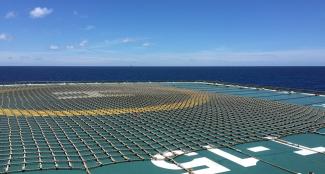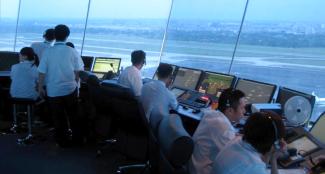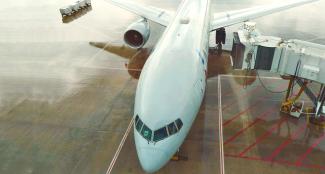In recent years, space activity has seen a dramatic increase, particularly in Low Earth Orbit (LEO). The space industry, currently valued at approximately $450 billion, is expected to grow at nearly 10% annually, potentially surpassing $1 trillion by 2030 (Estimations based on the World Economic ForuM projections and market reports). This growth is evident in the surge of launch traffic, as illustrated in the figure below from the European Space Agency's (ESA) Annual Space Environment Report.

This rapid expansion is primarily driven by significant cost reductions across the upstream segments of the space industry. Economies of scale, standardized satellite technologies and platforms, and more affordable launch options—such as SpaceX's Falcon Heavy, which has reduced launch costs to as low as $2,000 per kilogram—have opened new opportunities for downstream applications.

As space technology becomes more integrated into our economy and society, the complexity of its interactions with our environment, particularly air traffic, increases. These interactions can be classified into three main groups:
- The 'Classic' Group: This includes traditional launches, for instance, geostationary (GEO) or polar and sun-synchronous orbits.
- The 'Arising' Group: This category covers the orbiting and de-orbiting of commercial LEO infrastructure, reusable launchers, and sub-orbital crewed flights.
- The 'Future' Group: This group, while not yet operational, includes high-speed transportation, mega constellations, and in-orbit manufacturing—activities expected to become relevant in the distant future.
Among these groups, the 'Arising' category currently poses the most significant impact on air traffic. The rapid growth of commercial space operations and the introduction of reusable launchers have increased the number of interactions with airspace. These crossings can pose potential threats to airspace users and compromise safety levels. As a result, the industry and regulatory bodies must prioritize this area to manage risks and ensure safe operations within shared airspace. Resulting in the need of developing Space Traffic Management interfaces.

Navigating the path forward: addressing challenges
To address this, and according to the EUROCONTROL Stakeholder Forum on higher airspace operations, European organisations have identified a series of challenges aimed at improving the coordination between Air Traffic Management (ATM) and Space Traffic Management (STM).
- Stakeholder coordination: ensuring that all stakeholders, including airlines, space companies, regulatory bodies, local governments and military entities such the European Defence Agency (EDA), are aligned and actively participating in coordination efforts. This is particularly complex in Europe, where multiple state members must collaborate.
- Response and contingency management: developing robust strategies to handle unexpected events and emergencies effectively.
- Integration between space and ATM operations and systems: establishing systems for the timely exchange of network status, surveillance data on space objects, and mission information, such as launch windows to enable informed decision-making.
- Adaptation of ATM operations to the new paradigm: creating flexible re-routing solutions to adapt to changing conditions and minimize disruptions.
ATM has been intensively working in enhancing the performance of air operations, not only in terms of safety, but also capacity, safety, environment, and cost-efficiency. It is of utmost importance to leverage on this knowledge and bring these capabilities to STM and this new operational context.
Several organizations in Europe, have begun integrating space activities into conventional air traffic operations. The following illustration depicts the landscape that Europe presents and the actions activated to achieve this integration.

What actions is next?
A series of strategic actions need to be pushed in a global effort to achieve a safe and efficient integration of high-altitude operations into the existing air traffic network. EUROCONTROL together with other agencies and the industry In Europe, are actively fostering a set of actions recently presented at a stakeholder forum on higher airspace, namely:
- Advance the development of the Concept of Operations: continued progress in developing the Concept of Operations (CONOPS) is essential for high-level operations. This includes the seamless integration of these operations with the air traffic network to enhance overall coordination and safety.
- Initiate trials in European territories: conducting trials in European territories in accordance with existing regulations will provide valuable data. This data will inform the evolution of operations, allowing for necessary adjustments and improvements based on real-world experiences.
- Establish a recognized strategy: a clearly defined strategy is needed to ensure the stability of plans and secure government commitment to utilizing specific services. This will provide a solid foundation for long-term planning and operational consistency.
- Implement global cooperation processes: International collaboration is crucial for managing the shared space environment. Establishing global cooperation processes will facilitate the exchange of best practices and foster a unified approach to air and space traffic management.
- Integrate Contingency Management: incorporating contingency management into operations will enhance resilience and ensure preparedness for unexpected events. This proactive approach is vital for maintaining safety and operational continuity.
- Develop a comprehensive Space Planning Process: a thorough space planning process that covers all phases of space missions (launch, recovery, and re-entry) is necessary. This will ensure that each phase is carefully coordinated with air traffic operations, minimizing conflicts, and enhancing overall efficiency.
A real use-case on the need for ATM-STM coordination
The need of ATM-STM coordination is clear and has already real impact onto our society.
On November 4, 2022, the core stage of a Long March 5B rocket, used by China to launch the final module to its Tiangong Space Station, made an uncontrolled re-entry into Earth's atmosphere. As it was expected to pass over northern Spain, ENAIRE, the Spanish air navigation service provider, implemented precautionary measures, closing approximately 30% of continental airspace for two hours. This regulation affected over 400 flights and had an estimated economic impact of around €2 million (~$2.25 million), significantly disrupting airports in Barcelona, Madrid, and Ibiza.

This incident underscores the urgent need for better coordination between ATM and STM to prevent similar situations in the future. Although no major incidents occurred this time, can we rely on being so fortunate again? How can we ensure that coordination efforts between ATM and STM will be effective on a global scale, considering all stakeholders involved? Many questions arise and they are not resolved yet. From ALG, we are thrilled by the challenges of the sector in the near future and eager to see how the industry, policy-makers, and the responsible bodies continue shaping the answer to these challenges for a cohesive and effective integration of air and space domains.

